Peterborough Examiner – April 16, 2021
Forest Schools take the learning outside – and kids love it!
April 22 is Earth Day. For me, it’s always a time to reflect on our fractured relationship with the natural world. This year, however, I’m feeling more hopeful than I have in a long time. My optimism stems from two quarters: the surprising momentum we’re seeing on addressing the climate crisis and the growing interest in nature on the part of so many people. I believe that both of these developments can be partly explained as positive side effects of the pandemic.
A wonderful example of greater engagement with nature can be found in a model of education known as Forest Schools. Developed in Europe, these are schools where most of the learning takes place outside. In Denmark, they began shortly after the Second World War as “walking kindergartens”. In 2007, the first Canadian Forest School was established near Ottawa, and we now have two serving the Peterborough area.
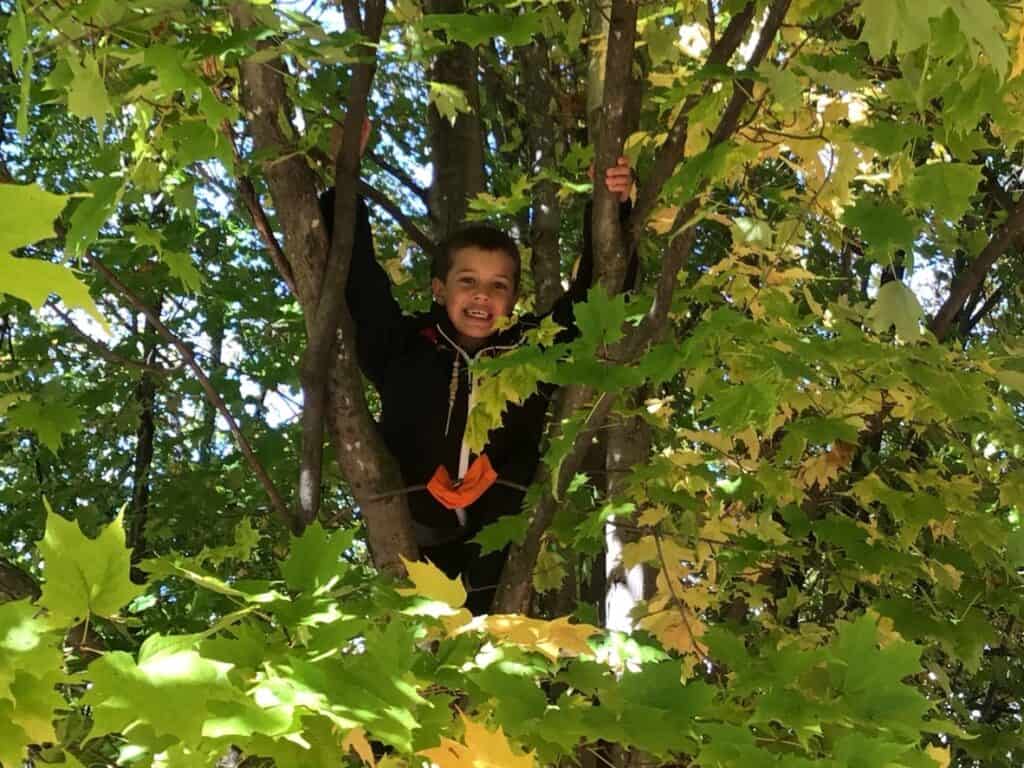
So, what exactly are Forest Schools? They are simply schools that use the woods, fields, wetlands, and parks as classrooms and as inspiration for learning. They follow the same curriculum and cover the same subject areas as traditional schools. The approach, however, is inspired by Waldorf pedagogy and is therefore more child-centred. This model of education strives to develop the child’s intellectual, artistic, and practical skills through imagination and creativity. This means that students are very much involved in planning, implementation, and assessment of learning. Teachers guide the process through hands-on activities which stress collaboration.
Although traditional classroom learning may be more manageable, it doesn’t suit all learners. Instead of being sedentary, often restless, and mostly seated at desks or in front of screens, Forest School learners are walking through the woods or crouched down over a tree stump. They are also learning about the world that surrounds them first-hand. Is it not hugely ironic that our children learn about our planet almost entirely from within the confines of a classroom – and spend an average of 13,000 hours doing so? Local Forest Schools like those at Camp Kawartha and Rowan Tree are providing an alternative.
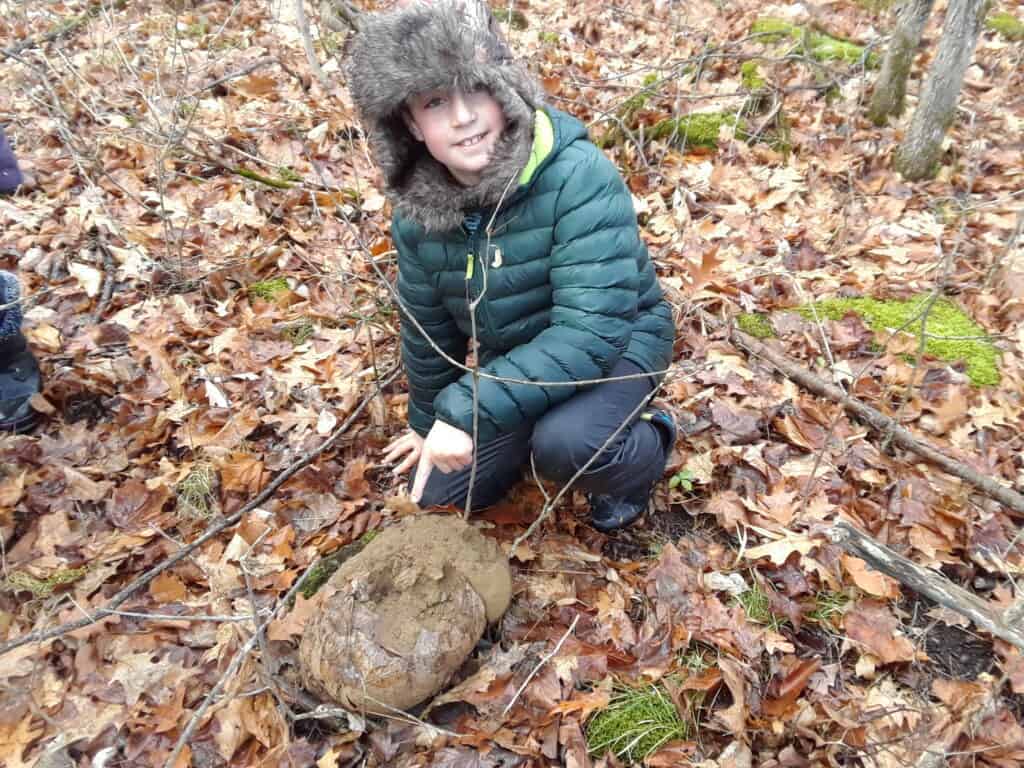
Local Forest Schools
With 195 acres of forests, fields, trails and wetlands, qualified teachers, award-winning programming, and a 35-year history of outdoor education, Camp Kawartha is well positioned to teach the curriculum through a Forest School approach. According to Jacob Rodenburg, the Camp’s executive director and Forest School principal, “The emphasis is on positive experiences with nature and the outdoors and being able to connect to the curriculum wherever possible.”
Located on Birchview Road on Clear Lake, Camp Kawartha has three Forest School cohorts: Kindergarten, primary (grades 1 to 3), and junior (grades 4 to 6). Classes are small with a maximum of 12 students for kindergarten and 20 for grades 1 to 6. Each cohort is taught by a qualified educator and runs Monday to Friday. Each week has a different theme. These include topics like Patterns in Nature, Rocks and Fossils, Sustainable Living and Climate Change, and Environmental Arts.
As an example of how learning opportunities can stem from elements of the outdoors, let’s consider a theme like Forests. For history, students might learn about the local lumber trade. For science, they could study some of our native tree species and learn about the ecosystem services trees provide such as sequestering carbon and preventing flooding. In math, students might learn about the Fibonacci sequence in leaf arrangement or in the spiralling of pine cones. For art, they could do nature sculpting, inspired by the work of Andy Goldsworthy. For English, they might read “The Man Who Planted Trees”. This could then serve as inspiration for writing stories and performing drama activities.
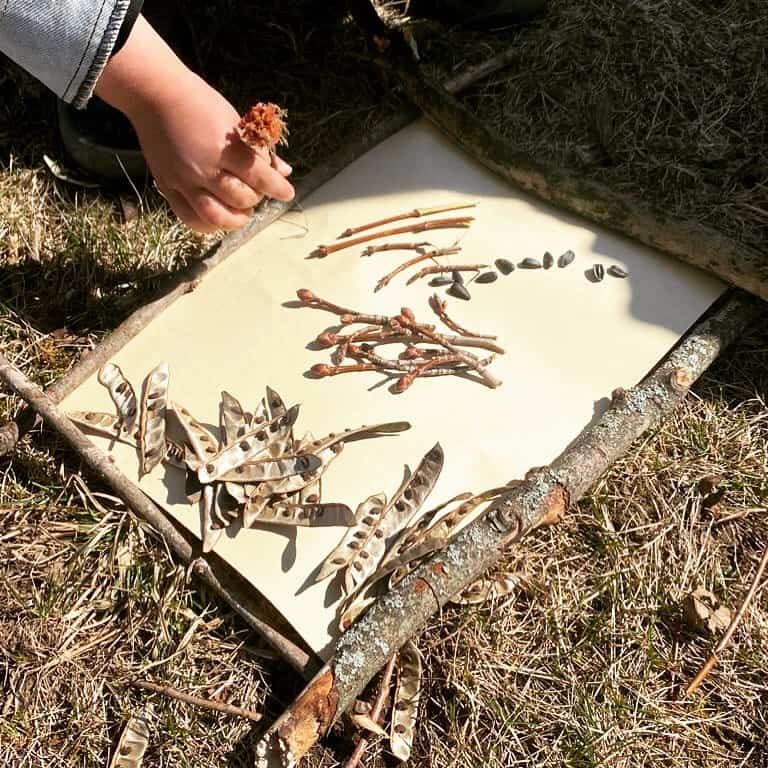
Camp Kawartha Forest School still has room available in the spring semester, which was scheduled to run from April 19 to June 18 but has been postponed as a result of new pandemic restrictions. It’s also possible for students to attend for either four or five weeks. Learn more at www.campkawartha.ca/forest-school. A single-day Forest School option is also available at the Camp Kawartha Environment Centre at www.campkawartha.ca/environmental-education-centre
Founded in 2004, Rowan Tree Children’s School also offers a Waldorf-inspired Forest School. A nature kindergarten (4 to 5 years) opened in the fall of 2019, followed by an elementary program (6+ years) this past September. The school is based at the Mount Community Centre, but the students spend most of their time outdoors, often visiting nearby Jackson Park. Music, art, stories, and rhythm of the day are just some of the methods used to foster a child’s curiosity. Learn more at https://www.rowantreeschool.ca/
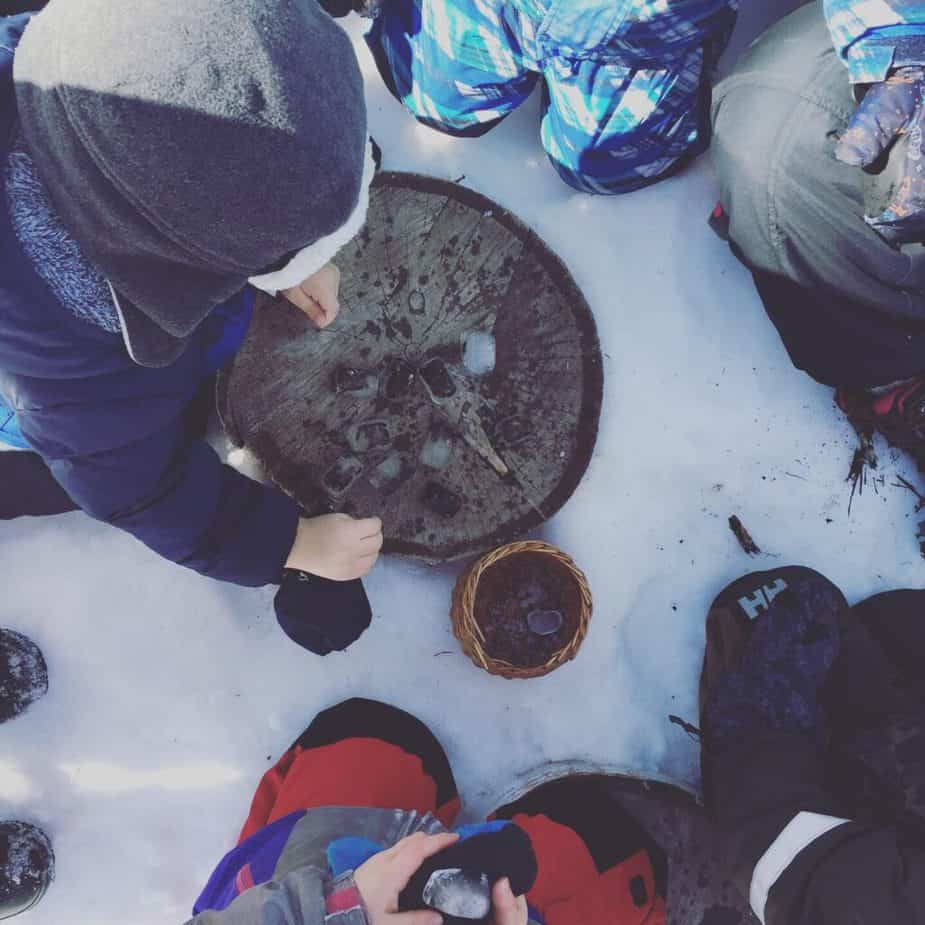
A host of benefits
As countless studies show, kids learning in the outdoors have improved physical and mental health, greater focus, and more initiative and resiliency. Just being outside injects a sense of adventure, fun and discovery for every topic they learn about. Your kids might come home dirty, but they come home happy. With learning happening naturally through direct engagement – instead of books and screens – they don’t even realize they’re learning.
Not surprisingly, the kids love it, no matter what the weather. Their parents couldn’t be happier, either. According to one Camp Kawartha Forest School parent, “My children come home confident, excited, and brimming over with stories. It’s amazing to see how they thrive in a ‘natural’ classroom.” Parents also report that their children are more confident, have a heightened sense of curiosity, are more comfortable with physical skills like hiking and climbing. They also develop a love of the outdoors and a strong environmental ethic of stewardship.
For traditional schools, too
There’s no reason why traditional schools can’t inject elements of forest school into their programs. Teachers can begin by taking their students out onto the school grounds and, later, to nearby parks. This is something I always did with my classes. The boys, in particular, thrived, and none more so than the those who struggled to sit still and focus in a classroom setting. As a first step, I recommend that teachers familiarize themselves with the local “Pathway to Stewardship and Kinship” initiative at https://pathwayproject.ca/. Landmarks, or key experiences for each age group, are suggested, along with activity ideas. This is a great resource for parents and grandparents, too.
The outdoors is a big place that provides so many opportunities for learning. Why aren’t we taking more advantage of such a rich resource?
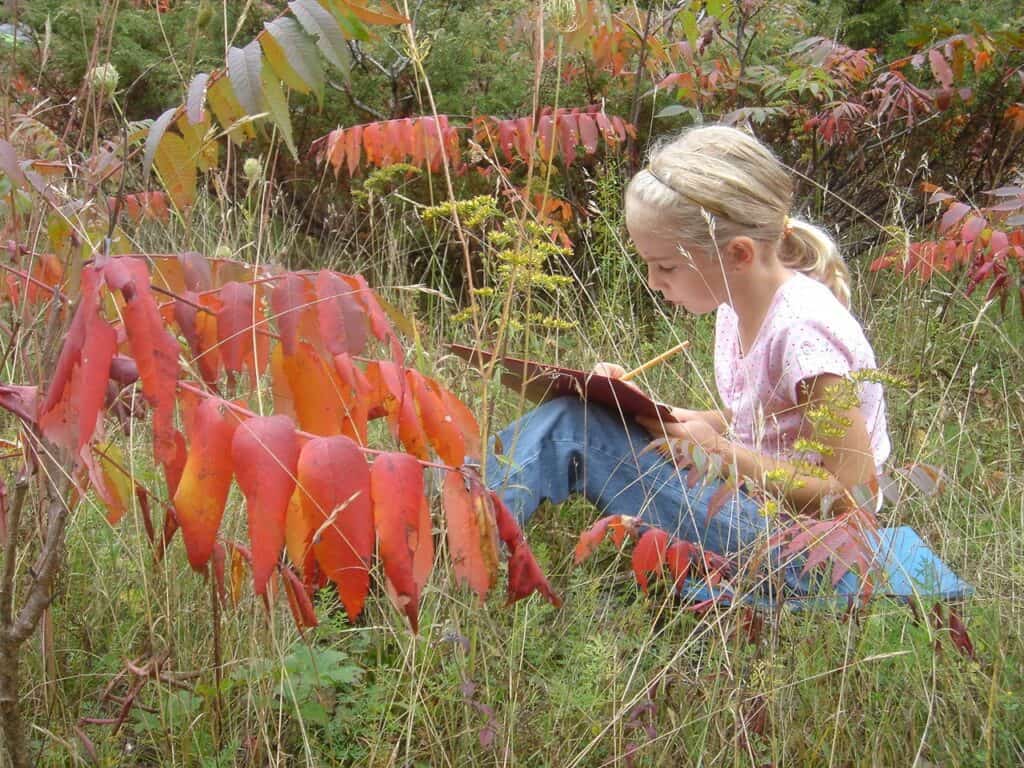
CLIMATE CRISIS NEWS
Hope
On March 2, City Council approved a series of initiatives and recommendations for Climate Mitigation and Climate Adaptation. The City’s report on building Fire Station 2 recommends that the station be built following the Canada Green Building Council Zero Carbon Building (ZCB) Standard. Zero carbon buildings can provide a positive financial return over a 25-year life cycle. This financial return will only grow as the cost of carbon rises, while zero carbon buildings also promise to mitigate future costs for utilities and retrofits. According to a report voted on by city councillors on April 12, Northcrest Arena in Peterborough’s north end will be torn down and replaced with the new fire station. Please let your councillor know that you support the Zero Carbon Building recommendation!
To see a list of ways YOU can take climate action, go to https://forourgrandchildren.ca/ and click on the ACTION button.